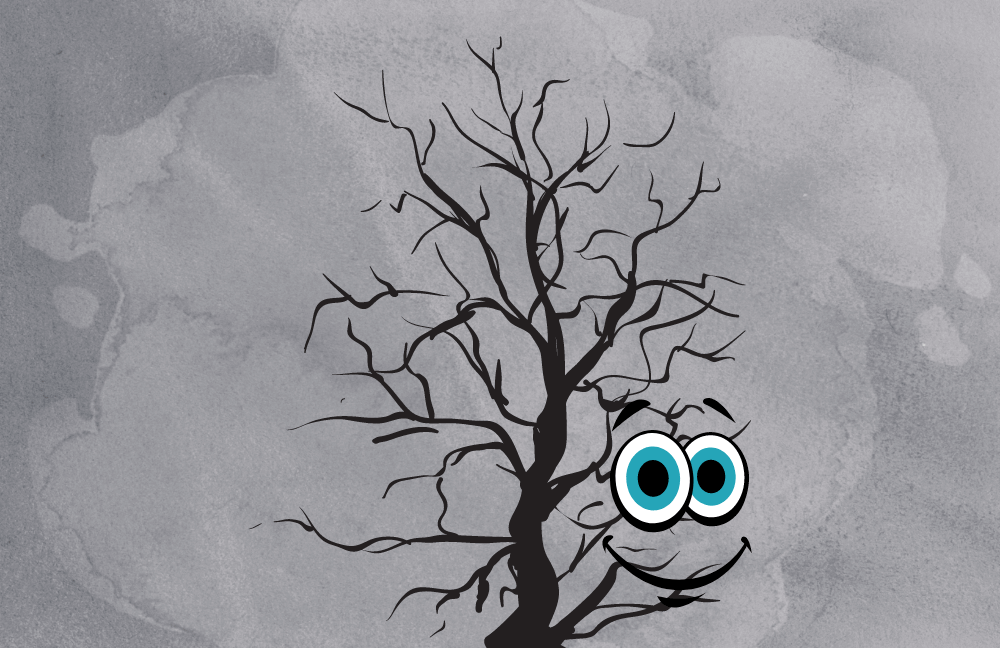Separation Anxiety
What is Separation Anxiety?
Separation anxiety is the distress that children experience when they’re separated from their parent or caring figure. It is developmentally appropriate for children between the ages of 6 months and 2 years to feel this insecurity. According to John Bowlby’s attachment theory (1969), children’s emotions are regulated by their proximity to their primary caregiver and provider. Greater proximity assures wellness, while distance from the caregiver instigates restlessness. Children express this by incessant crying.
Adults like security too, but they have the conviction that they can either care for themselves, or reach out to their loved ones for help whenever needed. Infants lack this surety at birth, but gradually build it by 2 years of age. However, if the developing child has not been able to establish this connect for some reason, he or she experiences tremendous insecurity and stress even in brief moments of separation. Separation anxiety can be very troubling for children.
Basis of Insecurity in Children

Separation Anxiety: How Children Think
Children with separation anxiety are frequently overcome by thoughts of abandonment. They worry about untoward incidents – real or supernatural, which could separate them from their parents. This is the central theme of their insecurity and fear. They have dreams, visions or vivid imagery about these events, and often voice them openly. Some feel that they will be kidnapped or trapped some place where they cannot escape; while others imagine their parents falling ill, meeting with an accident, or even dying. Anxiety as a result of such thoughts is not surprising.
Anxiety: Thinking
- I will get lost and won’t be found
- My parents will be kidnapped
- My family will go away forever
- My parents will never come back
- My family members are unsafe
- I will be unsafe if I am alone
- I am unsafe with anyone else
- Bad things are going to happen
Anxiety: Behavior
- Refusal to sleep by themselves
- Nightmares about separation
- Very clingy, even while at home
- Worry when parting from home
- Fearful and reluctant to be alone
- Stomachaches and headaches
- Muscle pains and tightness
- Panic at separation from parents
Separation Anxiety: How Children Behave
Children with anxiety visibly appear scared. They often sleep in their parents’ rooms and cannot get sleep when folks are out for the evening. They cry when alone, feel insecure, and refuse sleepovers and night outs. Sunday evenings are the worst, as they dread going to school on Monday morning. They have frequent stomach aches, headaches and bowel disturbances and may refuse to eat without their parents. Whilst away from their parents, they are unable to engage, and are preoccupied with thoughts of returning to their parents. They go to great lengths to avoid separation; cry for hours and throw temper tantrums to assure an audience with parents.
Separation Anxiety: How Parents Behave
How the Anxiety Cycle Continues
Dr Shefali: Helping Children and Parents Cope
Parents are the primary source of care, protection, nurturance and shelter for their children. Sensitive and responsive parenting makes children self-reliant. Nothing can guarantee emotional maturity to a 100%; but emotional support, respectful communication and a mutually responsible parenting style, all assists children in their competence building process. The nurturance that parents offer their children during infancy (first 12 months of life) has a visible impact on their sense of security (or insecurity), when they turn 6 years old and beyond.
Child therapy, and in particular – Parent Child Interaction Therapy (PCIT) works on separation behaviors in children and parents. Parents are trained to give the child choices, and offer a sense of control. Reinforcement strategies are explained, where children are praised for their independence and ‘brave behaviors’ while ‘anxious performances’ like crying, whining, tantrums and asking questions about the parents’ whereabouts are ignored.
Parents learn skills for effective child interaction, how to phrase directions to their children, and how to follow through the successes with appropriate praise. Childhood is a time for learning, assimilating, and enjoying life’s experiences. By encouraging independence, parents can build confident, responsive and emotionally mature children.
Dr Shefali Batra was interviewed by VERVE Magazine on Demystifying Mental Health. She explained the applicability of different therapies and how they help. She also spoke to the Free Press Journal along with other experts, explaining the importance of optimal parenting strategies for helping children with emotional troubles. She is a Feature Writer in India’s Teen Zine called Teenager Today.
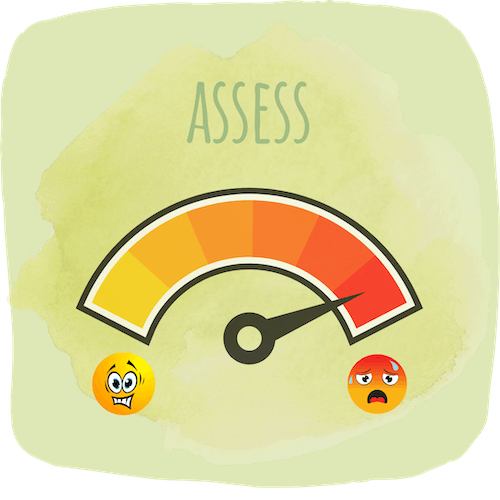



References
- Silove, D., Kessler, R. C. et al., (2015). Pediatric-Onset and Adult-Onset Separation Anxiety Disorder Across Countries in the World Mental Health Survey, American Journal of Psychiatry, 172 (7):647–656.
- Dallaire, D. H., & Weinraub, M. (2005). Predicting children’s separation anxiety at age 6: The contributions of infant–mother attachment security, maternal sensitivity, and maternal separation anxiety, Attachment and Human development, 7(4): 393 – 408.
- Bowlby, J. (1969/1982). Attachment and loss. Vol. 1: Attachment (2nd ed.). New York: Basic Books.
Latest Posts
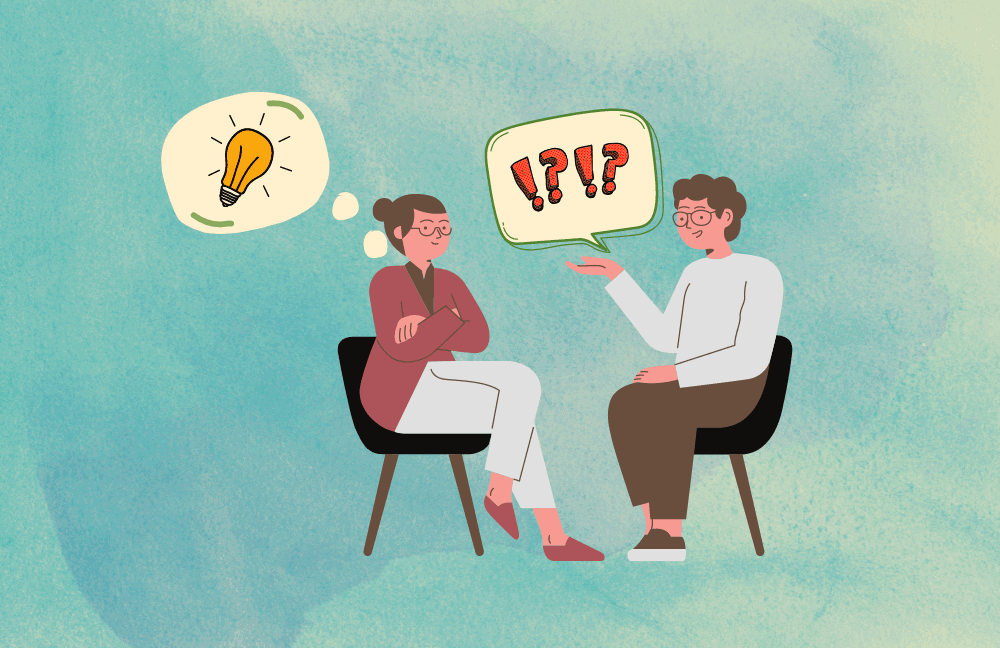
7 Reasons Why You Should Seek Therapy
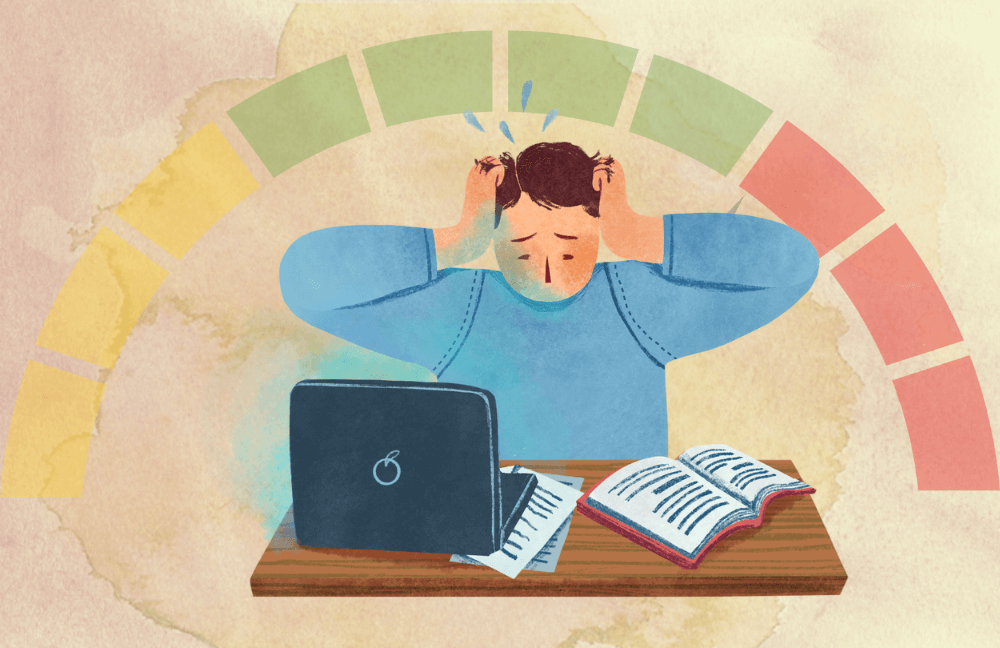
7 Questions About Workplace Stress Answered
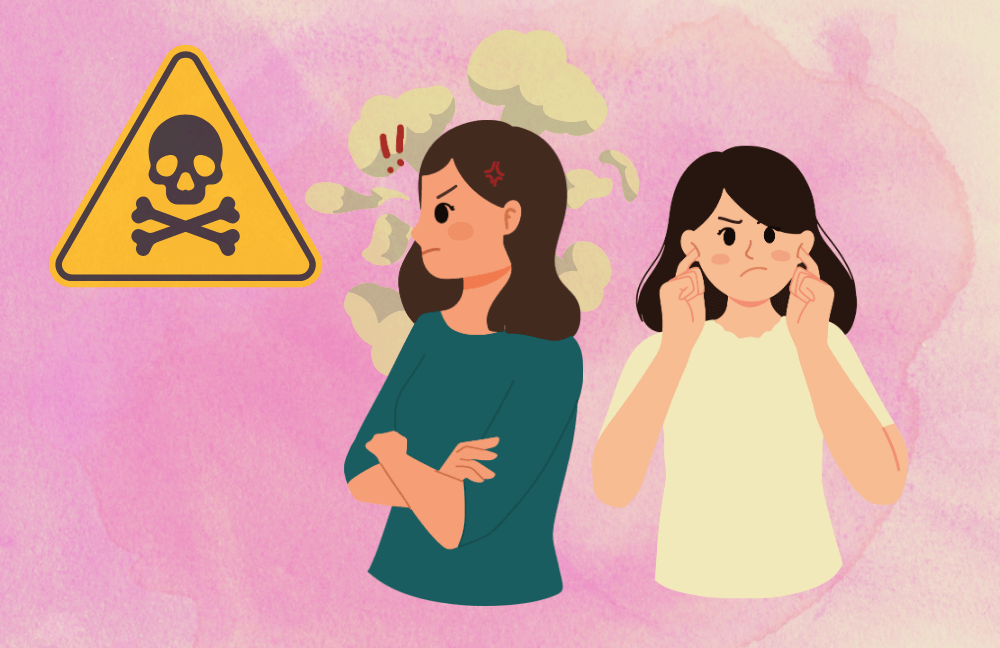
5 Ways To Deal With A Toxic Coworker
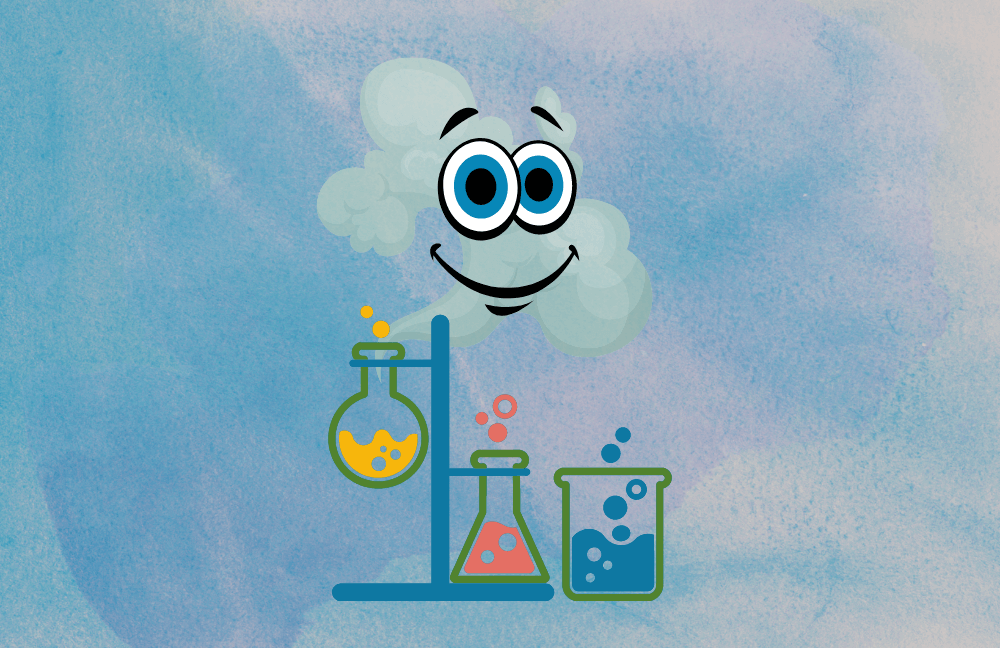
Science of Happiness: 1000s Of Years Of Research
